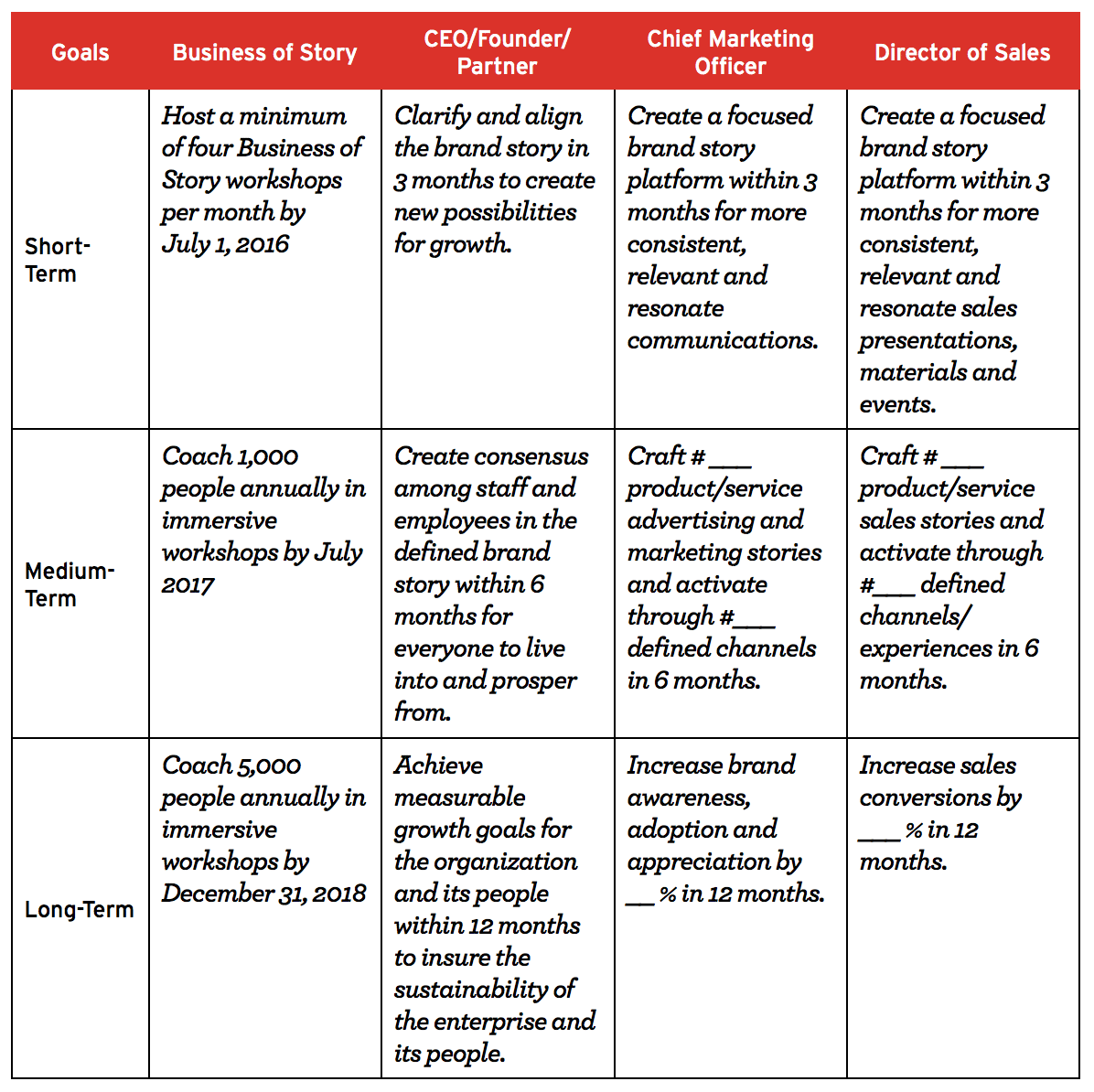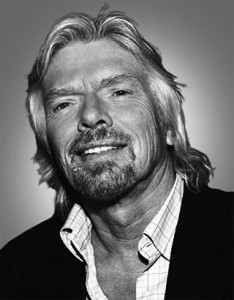How to align your business goals with your customer wants and needs in your professional services firm brand stories
I was tucked back stage in the ballroom of the Dallas Hilton helping produce the International Super Rally for Forever Living Products, Int’l, when motivational speaker, Zig Ziglar, stepped into the spotlight. To this point in my life, the only Zig Ziglar I had known was a race car driver who lived up the road from me as a kid.
His bright orange funny car/dragster hulked in the garage of his small Kingsgate home. I was fascinated by it. Mr. Z always took time to tell me about his racing exploits when I found the nerve to pop into his garage.
On most Friday afternoons, as I was riding my orange Schwinn 10-speed saddle-bagged with 52 Seattle Times newspapers on the way to my route, Mr. Z would be trailering his ride to Seattle International Raceway for weekend competition. Every Monday, I would slow down to see if he made it home.
One day, he didn’t. Zig and his car were gone.
I have no idea what happened to him, and I had not thought of the racer for 20 years until this latest Zig in my life appeared on stage to roust the crowd of some 3,000 network marketers.
This guy was 600-horse-power of motivational quips. From wrestling your fears into submission to your attitude versus your aptitude to personal goal setting. Have you ever heard the pop, pop, pop of a funny car’s pistons at the start line? That’s what his staccato aphorisms sounded like to me.
Then he punched it with the one insight that stopped me in my tracks.
“You can have everything in life you want if you just help enough people get what they want.”
This was a big pivot for me in my young professional career. I always thought that you placed the brand first and everyone else second. At that moment I realized what the mission of every brand should truly be: to empower their customers and help them get what they want. Do that, and the bottomline will take care of itself.
How to know what your customer truly wants?
This is the third article in our Story Cycle series. In chapter 1, Where in the World Have You Been?, you explored the backstory of your brand and defined your position statement: what you do better than any of your competition relative to features and benefits.
In chapter 2, Who’s Your Hero?, you created killer customer personas for your professional services firm to place your customer at the center of your brand story. This sets the stage for mapping EXACTLY what their goals are and how and when you will help achieve them.
Now in chapter 3 of the Story Cycle, you’ll consider What’s at Stake for both your business and your customers as you align your brand goals with your customer’s goals.
Even though we place the customer at the heart of our brand story, I like to start with the business goals. It’s important to map your short-, medium- and long-term goals first, even if those milestones are based on three months, six months and one year. In these fast changing times of one-page business plans, minimum viable product and rapid iteration, the old one-, five- and ten-year plans aren’t realistic. Plus, we are all more compelled to stay focused on our mission if we can identify and achieve more goals in a shorter amount of time.
Also, I like to start with the business goals because you need to know what your brand story journey looks like first, and how you are going to measure its progress before you can strategize how to connect it with your customer’s journey to achieve your goals.
Then outline the goals for each of your three audiences. You can use the handy form in the Your DIY Craft and Tell Compelling Brand Stories That Sell workbook to make this process easier.
Here’s how it looks for the Business of Story brand:
As you can see, we focus on goals as close as this summer to the end of 2018. I find that it is easier to keep everyone on board and moving forward if were dealing with the urgency of more immediate milestones. Plus, we can always iterate and revise our plans as we learn what our customers truly want along our respective journeys.
Make your goals specific
As you can see, our goals are specific. The storytelling mind loves specifics. It creates urgency in our stories. That’s why all reality TV shows are based on specific deadlines. Think of Orange County Choppers. Do you think they really have to have that bike built in three weeks? Of course not. But without a defined deadline our minds lose interest. Quickly.
In our customer goals, they are specific but open for this particular example. I’ve found that these are the general goals our clients want to achieve, and the percentage increases are always up to them. But make no mistake, we always ask them to put a stake in the ground relative to their specific goals. Otherwise, you lose all urgency for what you are trying to achieve.
Plus, it allows everyone to know how effectively your brand story and journey are at helping your audience get what they want. Just like Zig proselytized.
Finally, when you place your business goals in the same theater as your customer’s goals, you have a better chance of creating a brand story journey that connects the pursuits of all of the players to achieve success for everyone.
I believe the brand that wins the long-term race is fueled by the desire to help their customers get to their finish line first. To help you with your brand story for your professional services firm, we have captured our entire process in this DIY guide to help you craft and tell compelling stories that sell.
And for a limited time, the price is only $19.99.
 (This is post #3 of 10 articles that will guide you through the Story Cycle brand story strategy. My goal is to help you refine and define your brand story and get it heard to grow your enterprise and people. To aid you in this pursuit, download your Your DIY Craft and Tell Compelling Brand Stories That Sell workbook.)
(This is post #3 of 10 articles that will guide you through the Story Cycle brand story strategy. My goal is to help you refine and define your brand story and get it heard to grow your enterprise and people. To aid you in this pursuit, download your Your DIY Craft and Tell Compelling Brand Stories That Sell workbook.)













at 6:01 am
[…] three audiences and learned how to create killer customer personas. In Chapter 3, you determined what’s at stake for both your organization and your […]
at 12:11 pm
[…] what’s at stake in the customer journey through your story goals and […]
at 6:21 am
[…] Determine what’s at stake: What your customers gain by adopting your product or service, and what they lose by not buying into your brand to create relevance […]
at 7:40 am
[…] Determine what’s at stake: What your customers gain by adopting your product or service, and what they lose by not buying into your brand to create relevance […]
at 8:08 am
[…] particular exercise is found in chapter 2 of the Story Cycle titled Who’s Your Hero? Use these 10 questions to better understand your number one audience and see what you learn about […]
at 10:27 am
[…] They are hero’s at the center of your brand story. Then in chapter three you determined what’s at stake in your brand story for both you and your customer. In chapter four you created your unique value […]